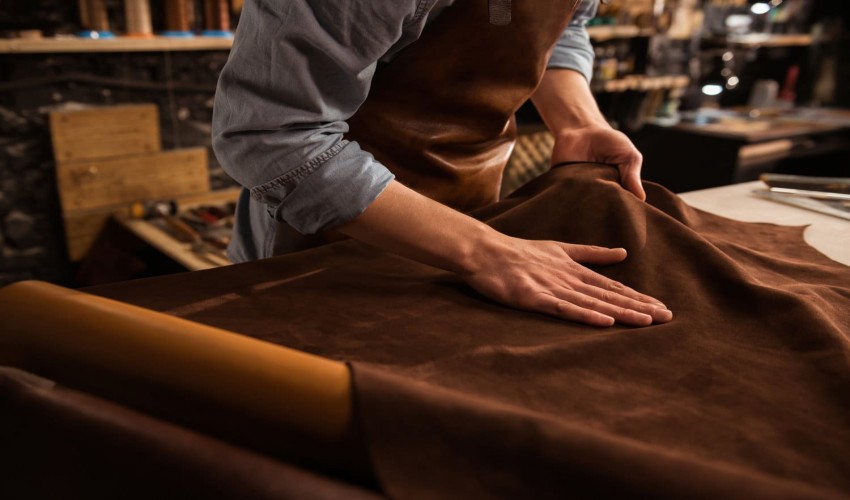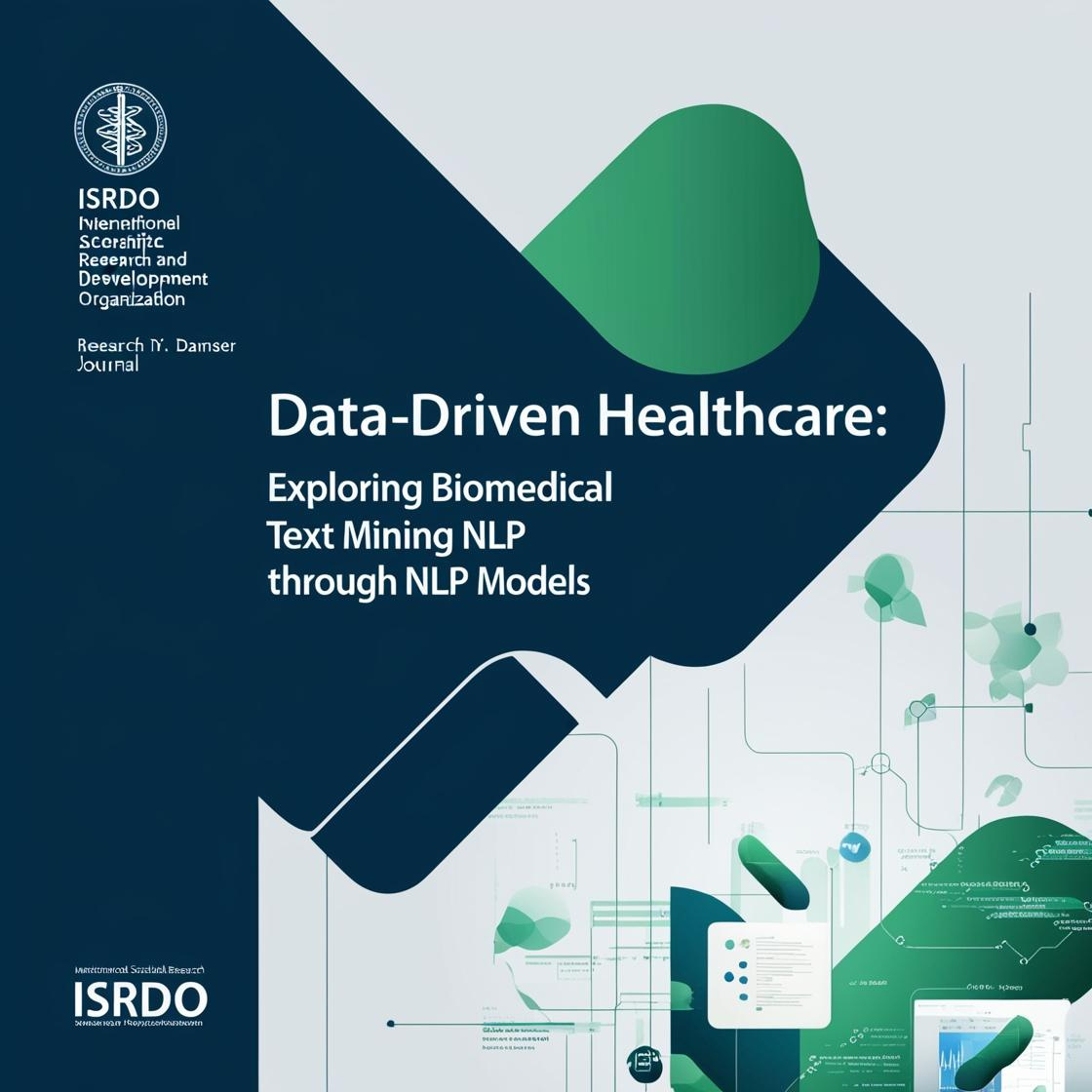
Leather Technology
Leather is a durable and flexible material created by tanning animal rawhide and skins. The most common raw material is cattle hide. It can be produced at manufacturing scales ranging from artisan to modern industrial scale.
Leather is used to make a variety of articles, including
footwear, automobile seats, clothing, bags, book bindings, fashion accessories,
and furniture. It is produced in a wide variety of types and styles and
decorated by a wide range of techniques. The earliest record of leather
artifacts dates back to 2200 BC.
The leather manufacturing process is divided into three
fundamental subprocesses: preparatory stages, tanning, and crusting. A further
subprocess, finishing, can be added into the leather process sequence, but not
all leathers receive finishing.
The preparatory stages are when the hide is prepared for
tanning. Preparatory stages may include soaking, hair removal, liming,
deliming, bating, bleaching, and pickling.
Tanning is a process that stabilizes the proteins,
particularly collagen, of the raw hide to increase the thermal, chemical and
microbiological stability of the hides and skins, making it suitable for a wide
variety of end applications. The principal difference between raw and tanned
hides is that raw hides dry out to form a hard, inflexible material that, when
rewetted, will putrefy, while tanned material dries to a flexible form that
does not become putrid when rewetted.
Many tanning methods and materials exist. The typical
process sees tanners load the hides into a drum and immerse them in a tank that
contains the tanning "liquor." The hides soak while the drum slowly
rotates about its axis, and the tanning liquor slowly penetrates through the
full thickness of the hide. Once the process achieves even penetration, workers
slowly raise the liquor's pH in a process called basification, which fixes the
tanning material to the leather. The more tanning material fixed, the higher
the leather's hydrothermal stability and shrinkage temperature resistance.
Crusting is a process that thins and lubricates leather. It
often includes a coloring operation. Chemicals added during crusting must be
fixed in place. Crusting culminates with a drying and softening operation, and
may include splitting, shaving, dyeing, whitening or other methods.
For some leathers, tanners apply a surface coating, called
"finishing". Finishing operations can include oiling, brushing,
buffing, coating, polishing, embossing, glazing, or tumbling, among others.
Leather can be oiled to improve its water resistance. This
currying process after tanning supplements the natural oils remaining in the
leather itself, which can be washed out through repeated exposure to water.
Frequent oiling of leather, with mink oil, neatsfoot oil, or a similar material
keeps it supple and improves its lifespan dramatically.
- Materials Science
- Mathematics
- Chemistry and Technology of Leather Manufacture
- Computer Applications in Leather Technology
- Physical Chemistry
- Principles of Material Testing
- Principles of Unit Operations and Processes in Leather Manufacture
- Statistics and Linear Programming
- Practice of Leather Manufacture
- Special Functions
- Difference Equations and Z-transforms
- Theory and Mechanism of Organic Tannages
- Theory of Skin Proteins and Pre-tanning Operations
- Leather Goods and Garment Technology
- Numerical Methods
- Science and Technology of Leather Auxiliaries
- Theory and Practice of Post Tanning and Finishing
- Footwear Technology
- Organisation and Management of Leather Manufacture
- Principles of Plant Design for Leather and Chemical Processing
- Process Economics and Industrial Management
- Tannery Waste Management
- Principles of Environmental Science and Engineering
- Professional Ethics
- Quality Management
- Biochemistry of Proteins
- Principles of Pre-Tannage
- Theory of Pre-Tanning Materials
- Analytical Chemistry of Pre-Tanning Materials
- Biotechnology of Leather Manufacture
- Polymers and Adhesives Technology
- Chemistry and Technology of Leather manufacture
- Colloid and Surface Chemistry
- Instrumental Methods of Analysis
- Leather Product Technology
- Process Control in Tannery Operations
- Environmental Science and Technology
- Material Science and Engineering
- Advanced Techniques in Leather Processing
- Principles of Inorganic Tannage
- Analytical Chemistry of Tanning Agents
- Environmental Science of Tannery Effluent
- Theory of Accountancy and Costing
- Exotic Leather & By-products Manufacture
- Industrial Management & Accreditation planning
Recent Published
Submit Manuscript
To give your manuscript the best chance of publication, follow these policies and formatting guidelines.


